
Doctors Puzzle How Person Gained 40lbs, See Them Fiddling With Tic-Tacs: “They’re 0 Calories”
Eating should be one of the simplest things we do as humans. We feel hungry, so we make ourselves food. Then we have energy to go about our day. Easy peasy, right? Well, we all know that our food systems have become more and more complicated over time, with commercial agriculture, processed food products and confusing ingredients that are utterly unpronounceable. And of course, we also have misleading nutrition labels!
One man recently learned the hard way that we can’t always trust exactly what is written on food labels. Below, you’ll find the full story that he shared on Reddit detailing how he figured out that Tic Tacs do in fact have calories, as well as some of the replies that amused readers left him.
This man was thrilled when he saw that Tic Tacs are labeled as 0 calories per serving
Image credits: David Woo / pexels (not the actual photo)
But after gaining a significant amount of weight, he decided to get to the bottom of where it was coming from
Image credits: Amy / pexels (not the actual photo)
Image credits: Andres Ayrton / pexels (not the actual photo)
Later, he added a few more details about the situation
Image credits: DumpsterPuff
The man also answered a couple of questions from readers to provide more context
Customers often have trouble deciphering nutrition labels on food
I had probably never looked at a food label in my life until I was about 18 years old. When I went vegan, however, I was suddenly obsessed with reading labels to ensure that I didn’t accidentally purchase any food items with sneaky amounts of milk powder, eggs, butter or honey hiding inside. But although I was looking specifically at the ingredients, I couldn’t help but glance at the nutrition labels too. And I soon realized just how confusing they are.
For example, a frozen pizza might say that it’s 180 calories per serving, with one serving being a third of the pizza. But then when I looked at the calories per container, it would say 620 calories. I’m no math whizz, but it was clear that something wasn’t adding up. And apparently, I’m not the only one who finds these labels unnecessarily confusing. According to the USDA, nearly 80% of shoppers in the United States actually do consult the nutrition labels before buying food items.
However, a survey from Attest that asked participants to identify which cereal bar was the healthiest choice out of six options found that only 9% of them could actually identify the best option. In fact, 13% of participants actually chose the lowest ranking item in terms of health. It’s not surprising that the man in this story was confused about the calories present in Tic Tacs, especially when the FDA allows foods to be labeled as “calorie-free” as long as they have “less than 5 calories per RACC and per labeled serving.”
Image credits: Alabama Extension / pexels (not the actual photo)
The FDA allows products to be labeled calorie-free as long as they have less than 5 calories per serving
At the same time, food products in the US can be labeled fat-free, as long as they contain “less than 0.5 g per RACC and per labeled serving,” and sugar-free if they have “less than 0.5 g sugars per RACC and per labeled serving.” Sure, it might not make a big difference to your overall daily calories if you eat 5 Tic Tacs. But citizens rely on the government to ensure that they have access to accurate information about what’s going into their bodies, and we deserve transparency.
When it comes to understanding nutrition labels on food in the United States, the FDA has broken the label down into four key parts: serving information, calories, nutrients and a quick guide to percent daily value. When it comes to serving size, they note that this is not actually a recommendation for how much you should eat, but rather how much people typically have of that item. For example, this might be the entire pack of a small bag of chips, or one fifth of a larger bag.
The caloric amount can also be confusing, as the first and largest number is typically an amount per serving, not per container. So be sure to check before assuming a whole slice of cake is only 200 calories. The nutrient section is important to know which ones to get less of, as well as which ones to get more of. The FDA recommends cutting down on saturated fat, sodium and added sugars as much as possible. Finally, the percent daily value can help us understand approximately how much of each nutrient we should try to get in the rest of the day.
Image credits: Pavel Danilyuk / pexels (not the actual photo)
It’s important for consumers to learn how to read food labels without being misled
While we would like to assume that the government isn’t trying to trick us when creating nutrition labels on food items, we can’t say that they’re always 100% straightforward either. For example, the FDA allows the calorie count listed on food products to be up to 20% inaccurate, which can make a difference if you’re closely counting calories for weight loss.
To make sure that we aren’t tricked by food labels, Healthline has provided a few tips. First, they note that you should keep an eye out for the serving size listed on a food, as it will often be less than what you’ll actually eat. There are also plenty of buzzwords plastered all over food items to make them seem healthier or more appealing to customers.
For example, “light” products might just be watered down, and “low-calorie” just means that it has one third less calories than the company’s original version. But this version might have the same amount of calories as another brand’s “original.” There are also dozens of different names for sugar (cane sugar, high-fructose corn syrup, agave nectar, coconut sugar, organic raw sugar, etc) that you probably should be aware of.
We would love to hear your thoughts on this situation in the comments below, pandas. Have you ever been confused by food labels? Feel free to share, and then if you’re interested in reading another Bored Panda article discussing information about nutrition that many of us could benefit from hearing, look no further than right here!
Image credits: Jack Sparrow / pexels (not the actual photo)
Amused readers shared their reactions to the tale, as well as some stories of their own that they were reminded of
it so strange that it's allowed to write it has zero calories, just because of serving 1! tic is under 5 kcal?!! Corporate US do what they can to be illusive?
I just checked a box of UK tic tacs and the nutritional info says 392kcal per 100g.
Load More Replies...so "zero calories" would be the excuse to eat 100s of tictacs a day??? it never occurred to him that it might be unhealty anyway?? O_O
He's not alone. I used to have a gym-obsessed boyfriend who thought he could eat as much as he liked as long as it was labelled 5% fat or less. Couldn't get his head around the fact that if you eat 1kg at a sitting, that's actually 50g of fat.
it so strange that it's allowed to write it has zero calories, just because of serving 1! tic is under 5 kcal?!! Corporate US do what they can to be illusive?
I just checked a box of UK tic tacs and the nutritional info says 392kcal per 100g.
Load More Replies...so "zero calories" would be the excuse to eat 100s of tictacs a day??? it never occurred to him that it might be unhealty anyway?? O_O
He's not alone. I used to have a gym-obsessed boyfriend who thought he could eat as much as he liked as long as it was labelled 5% fat or less. Couldn't get his head around the fact that if you eat 1kg at a sitting, that's actually 50g of fat.

 Dark Mode
Dark Mode 

 No fees, cancel anytime
No fees, cancel anytime 







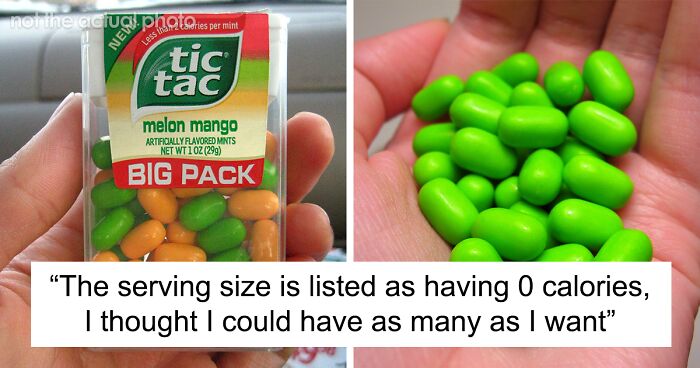


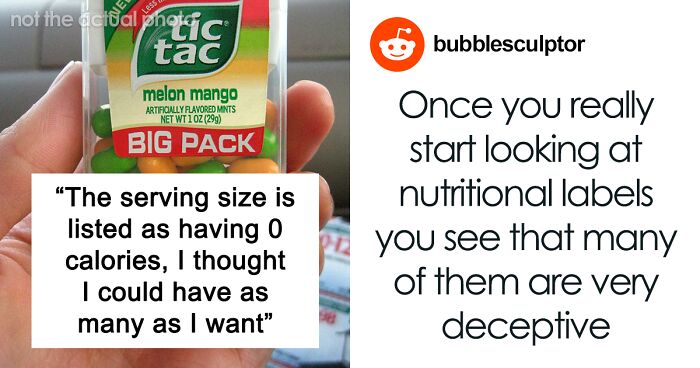




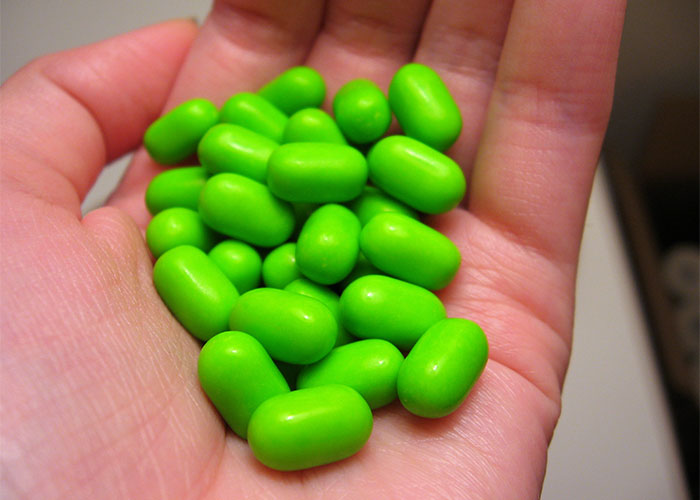










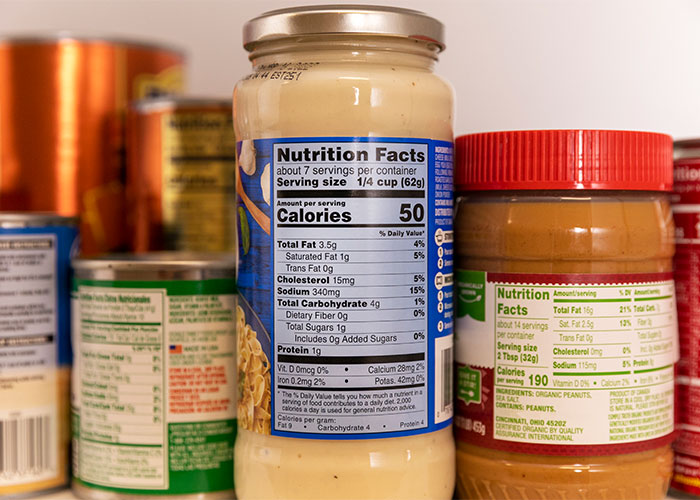




































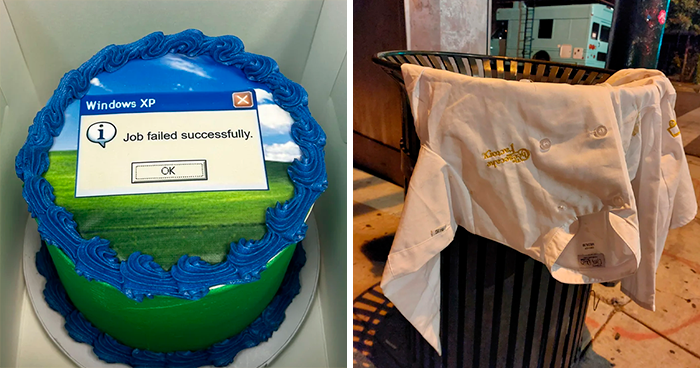




51
42